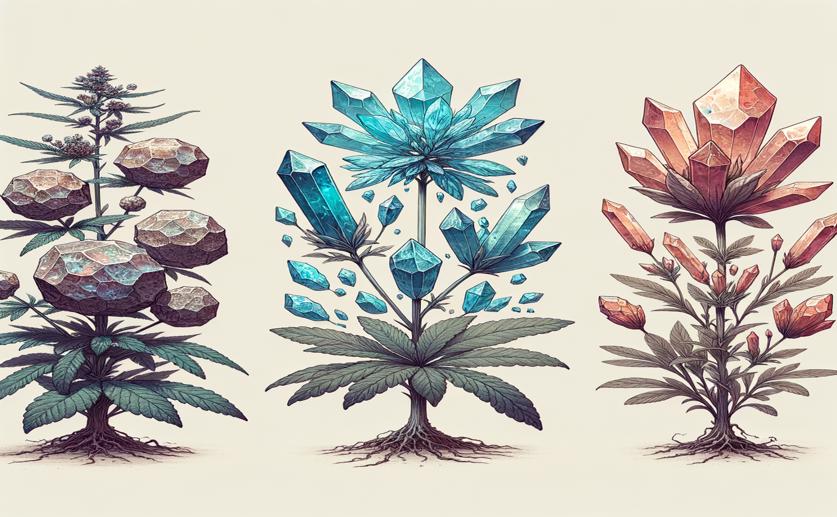
Comparing Strength and Mineralization of Seed Hooks in Three Plant Species
Jim Crocker
4th August, 2024

Image Source: Natural Science News, 2024
Key Findings
- Researchers at Kiel University studied the hooks of three plant species to understand their mechanical properties and mineral content
- The stiffness and hardness of the hooks vary among species, influenced by minerals like silicon and calcium
- The study shows that mineralization strengthens the hooks, aiding in effective seed attachment to animals
References
Main Study
1) Comparative study on mechanical properties and biomineralization of hooks in the diaspores of three epizoochorous plant species.
Published 1st August, 2024
https://doi.org/10.1016/j.actbio.2024.07.041
Related Studies
2) Experimental studies of diaspore attachment to animal coats: predicting epizoochorous dispersal potential.
Journal: Oecologia, Issue: Vol 153, Issue 2, Aug 2007
3) Radial arrangement of apical adhesive sites promotes contact self-alignment of fruits in Commicarpus plants (Nyctaginaceae).



 5th June, 2024 | Greg Howard
5th June, 2024 | Greg Howard